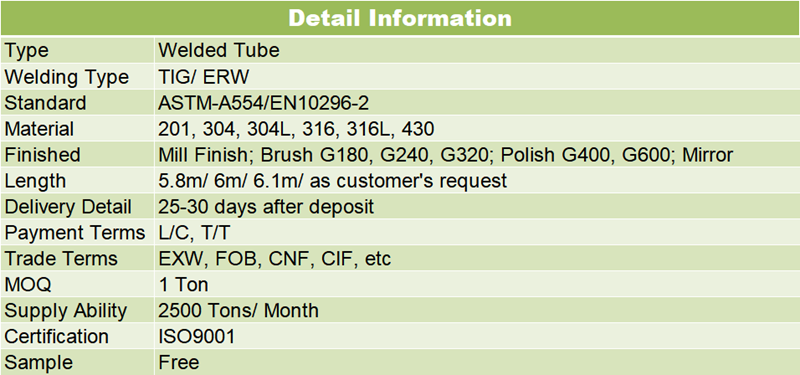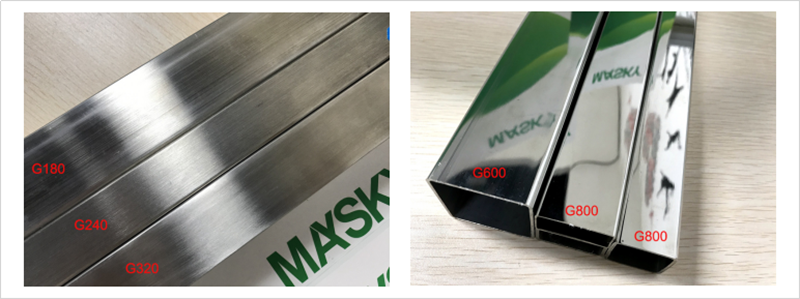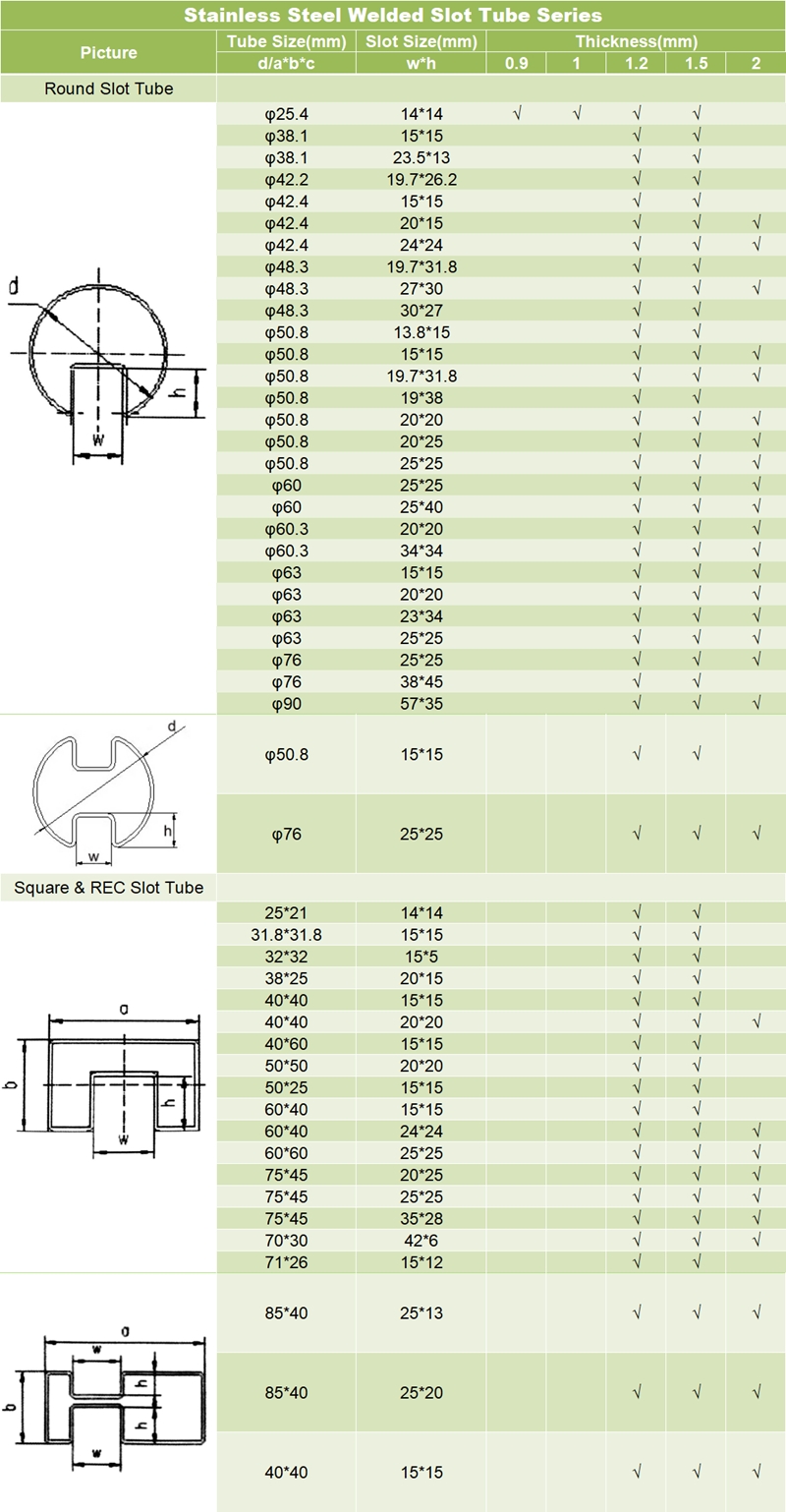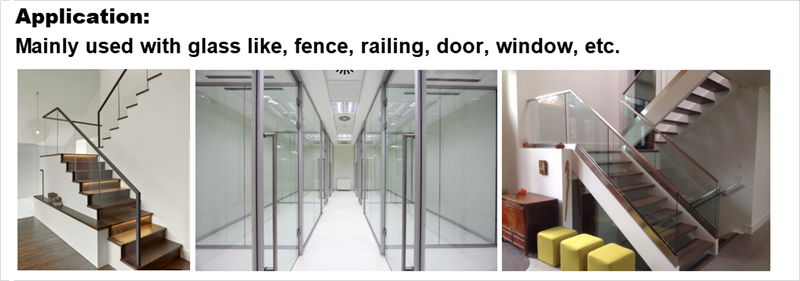






Bonding marks/annealed steel coils are bonded to each other together. Z is called bonding. After flattening, point-shaped arc creases occur. Point-sticking shows rows of arc-shaped creases along the rolling direction. Strip-shaped bonding is serious. The surface is bonded, the flat unrolled is torn or the pores appear and become a waste volume. Rolled steel coiling tension is too large or the tension is fluctuating, the shape of the plate is not good, and it will cause adhesion at the part where the pressure between the layers is turned: 2) the surface roughness of the strip is too small; 3) the steel is too soft, carbon and silicon Small amount: 4) The temperature of the heat treatment furnace is too high or the annealing cooling speed is too fast. 5) The steel coil collided and was injured before loading the furnace. Itching color/The surface of the steel strip is oxidized, and its color gradually changes from dark blue on the sides to light blue, brown, and light yellow, collectively referred to as oxidation color, 1) the protective cover is not tightly sealed or leaks during annealing, resulting in Steel coil oxidation. 2) The annealing process of the bell-type furnace, the high temperature is released (the temperature of the steel coil is 110°C), which leads to the oxidation of the steel coil. a) The protective gas dew point is too high or the hydrogen content is too low, the pre-purging time is insufficient before heating, there is residual oxygen in the furnace, and the steel coil is annealed in an oxidizing atmosphere. The surface of the emulsion spot/annealed steel plate exhibits irregular or island-like black and brown patterns. 1) The emulsion is not exhausted at the exit of the rolling mill, and carbonizes when heating, forming spots. 2) The blower at the outlet of the final frame has a low pressure and cannot be cleaned 3) The fan is not turned on when the belt is worn, and the fan is turned off when the tail is flicked. 4) Install After the furnace, the pre-purging time is insufficient, and the emulsion is carbonized to form spots when heated. Scratches/The surface of the steel plate shows straight and thin grooves with different depths. It is parallel to the rolling direction, continuous or intermittent, with different density and irregularity. The scratches before smoothing are smoother. The color of the grooves is gray and black. After scratching, there are burrs and bright metallic colors. 1) Parts in contact with strip steel in pickling, steel rolling, smoothing, and finishing have sharp edges or hard objects, which produce relative motion. 2) Various rollers (pinch rollers, pinch rollers, guide plates, etc.) of the finishing line do not operate and cause scratches. 3) When uncoiling or coiling, the speed of the strip changes or the relative movement between layers. The surface of the wrinkle/thin steel plate shows uneven wrinkles, which mostly occur in thin plates less than 0.8mm. The edges of the wrinkles are at a certain angle, and the wrinkles are severely wrinkled into creases. 1) The strip is out of alignment, stretched on one side and wrinkled on the other. 2) The shape of the plate is bad, there are large side waves or middle waves, when the strip passes through the leveler, straightener or pinch roller, there are wrinkles in the wave shape. 3) Improper adjustment of the straightener, caused by uneven deformation. Periodic pits or bulges appear on the surface of the roll print/steel plate. Severe roll prints cause the thin strip to roll through. 1) The weld of the strip is too high or the cleaning is uneven. It causes sticking during continuous rolling. 2) Hard metal objects (welding beads, metal shavings, etc.) or dirt are stuck on the roller. When rolling or smoothing, the hard objects or dirt are pressed on the surface of the strip steel, leaving indentation. 3) The work roll loses meat. The pits on the surface of the embossed/thin steel plate with a certain depth are embossed, which have periodicity and vary in number. The color of the defect is brighter. 1) Various auxiliary rollers (tension rollers, pressure rollers, pinch rollers, straightening rollers, etc.) are stuck with iron filings during the production process, which is caused by dirt. 2) Iron filings and foreign objects fall into the steel plate stack. Tower shape/steel coil shape defect, one circle is higher (or lower) than the other circle on the end surface of the steel coil, continuous and shaped like a pagoda, mostly appearing in the inner (outer) circle of the steel coil. 1) The centering device of the coiler is out of order and the strip is off track. 2) The steel strip is not straight, such as sickle bend, narrowing, etc. 3) The shape of the plate is bad, and there are large side waves, which makes the steel strip exceed the control limit of the photocell. 4) Improper adjustment of operation, the shrinkage of the reel is small, push When the coiling machine is pushed out of the steel spring, the inner ring is pulled out.